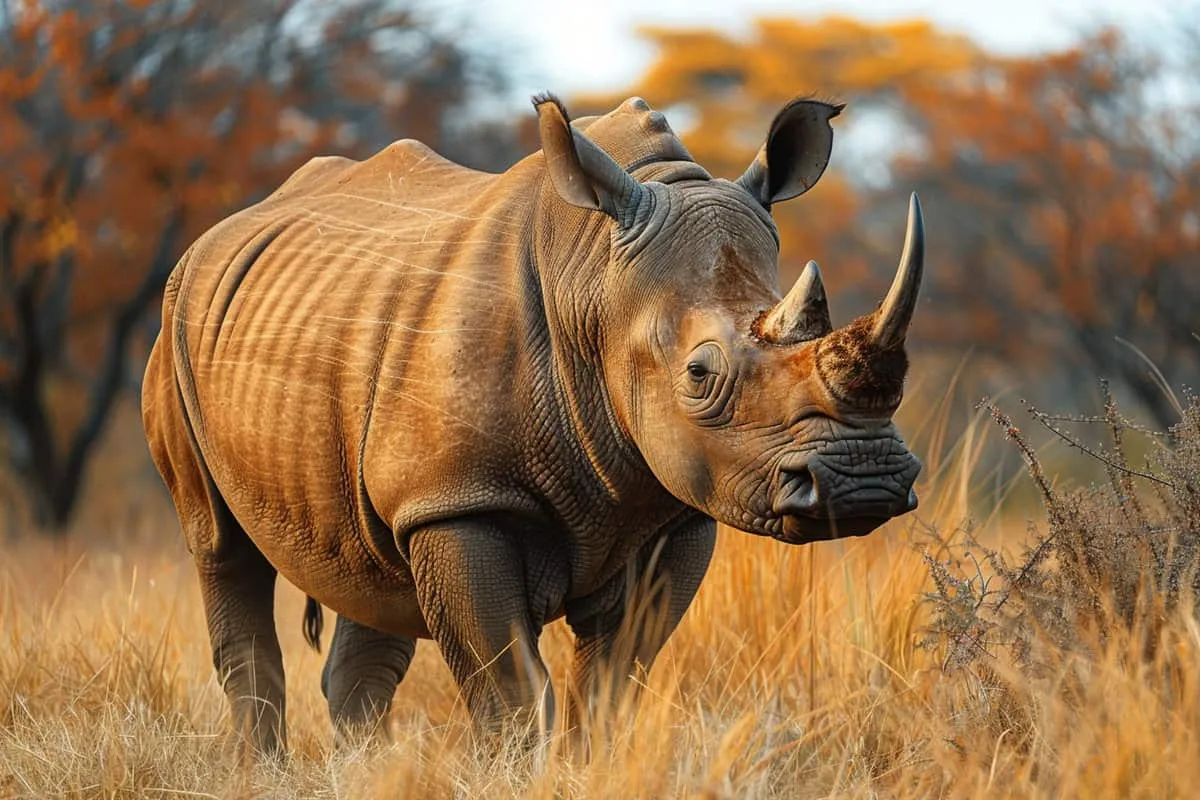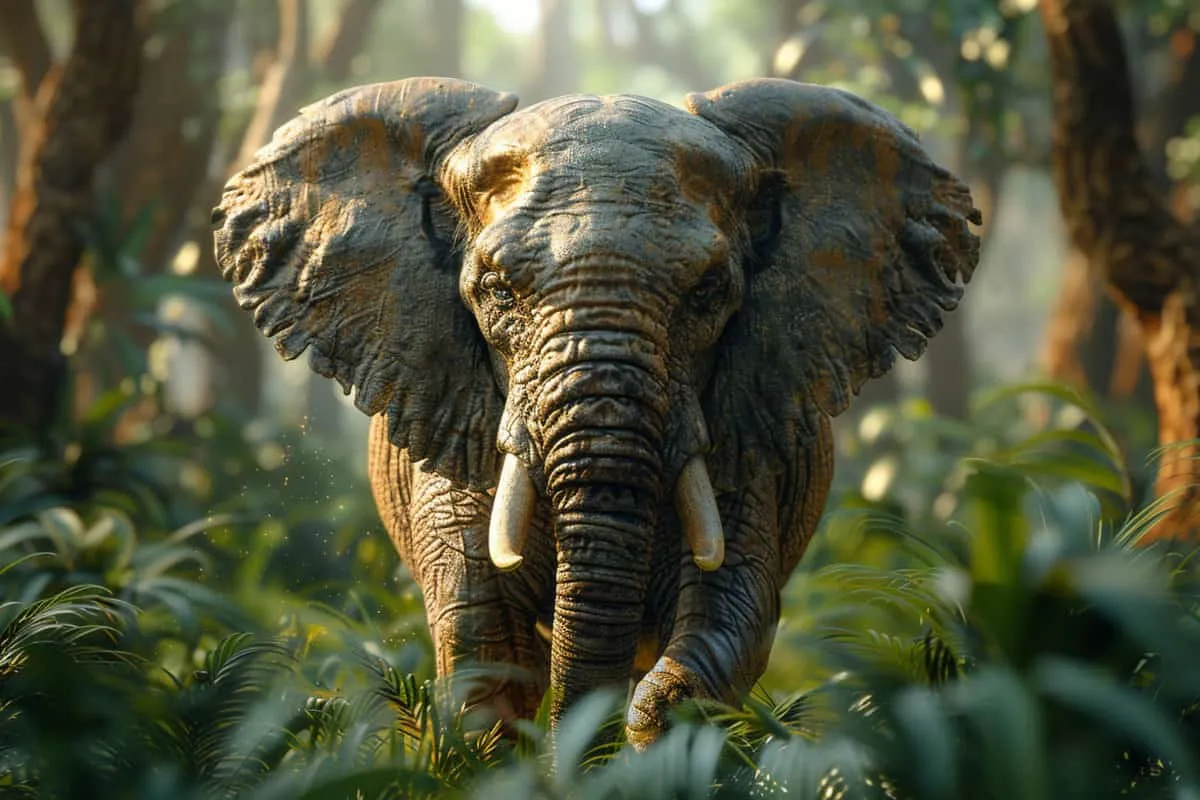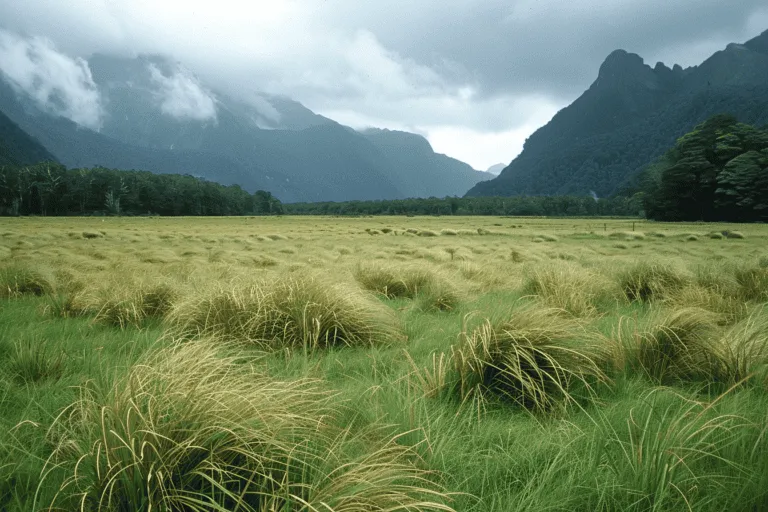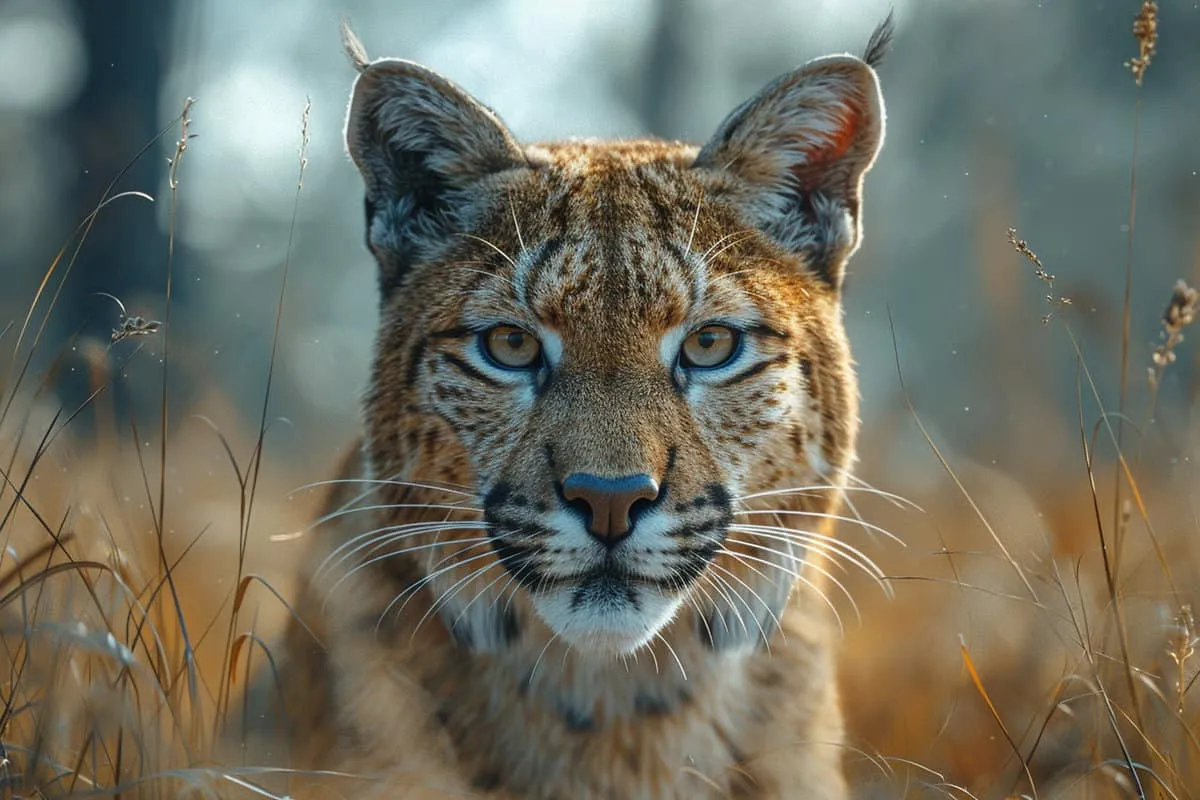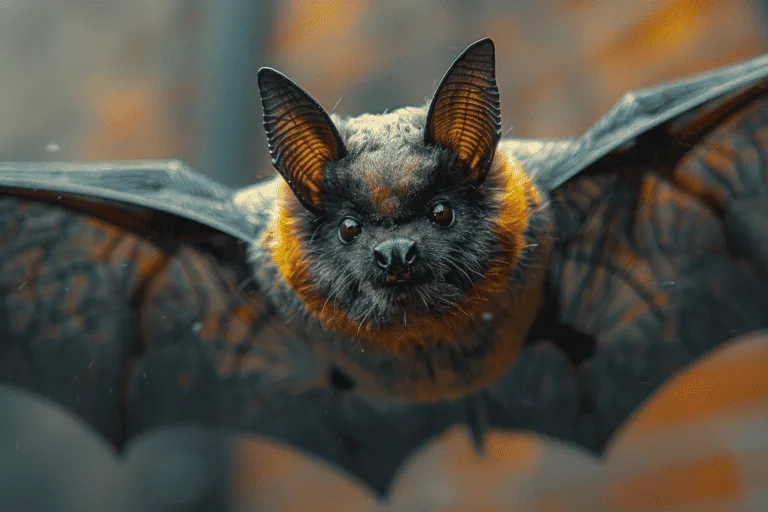10 Rhino Facts (Essential Guide to Species, Habits, and Conservation)
Rhinos are more than just big, tough animals with horns; they’re ancient creatures that have roamed the earth for millions of years. Each species has its unique quirks and stories.
From their surprising social behaviors to their critical role in ecosystems, rhinos are fascinating subjects that capture our imagination. But how much do you really know about them?
Beyond their tough exterior lies a world filled with intriguing facts and secrets waiting to be discovered. Dive into our listicle to uncover some of the most astonishing rhino facts that will change the way you see these majestic beasts forever. Scroll down to get your mind blown by our top picks!
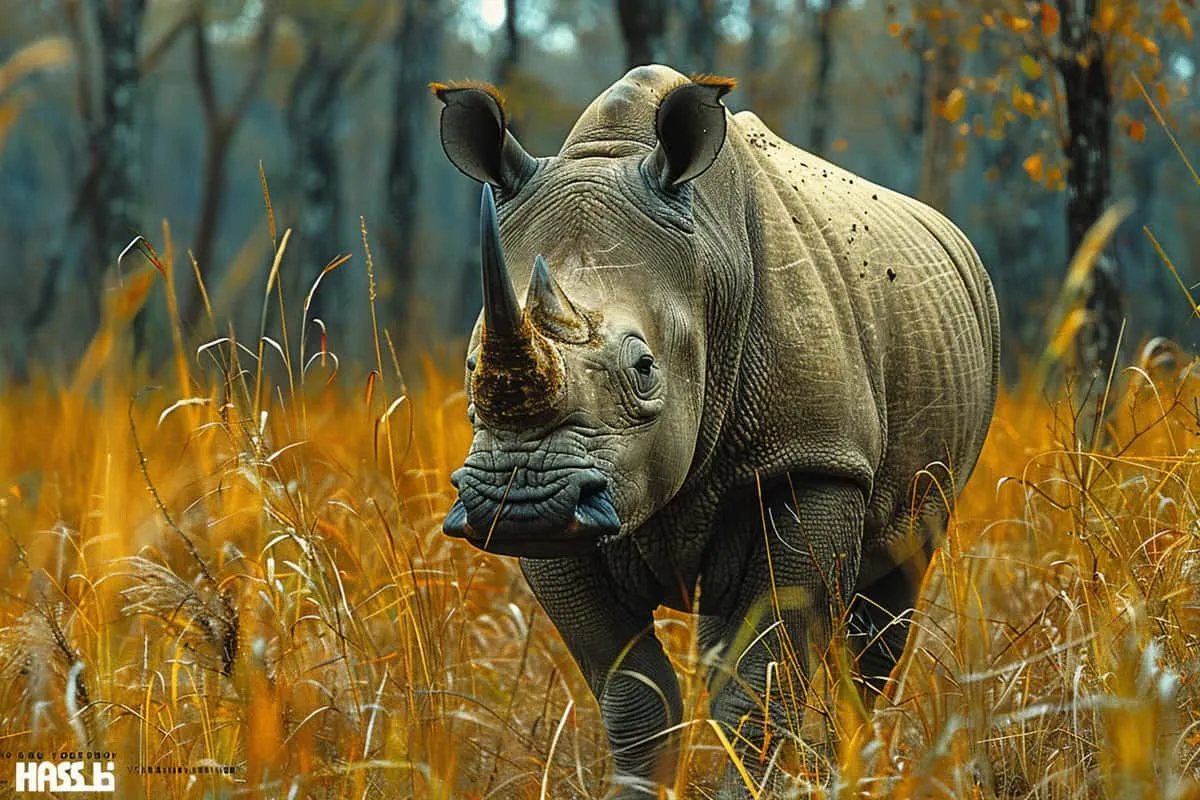
1. Five Species Worldwide: Black, White, Greater One-Horned, Sumatran, and Javan Rhinos
Across the world, there are five unique species of rhinos: Black, White, Greater One-Horned, Sumatran, and Javan Rhinos. Each one brings its own set of physical and behavioral traits to the table.
For instance, while the Black Rhino is known for its pointed lip perfect for eating leaves from trees and bushes, the White Rhino has a wide mouth suited for grazing on grass.
The places these rhinos call home are as diverse as their appearances. The African continent hosts both the Black and White Rhinos. In contrast, Asia is where you’ll find the Greater One-Horned (in India and Nepal), Sumatran (Indonesia), and Javan Rhinos (Indonesia). Their homes range from savannas to dense forests in tropical regions.
Conservation status tells a worrying story about these magnificent creatures. While all rhino species face some level of threat due to poaching and habitat loss, their statuses vary:
- The White Rhino is near threatened.
- Both the Black Rhino and Greater One-Horned Rhino have been classified as vulnerable.
- The Sumatran and Javan Rhinos are critically endangered with numbers so low that each individual counts.
Efforts worldwide aim at protecting these giants from extinction through anti-poaching laws, habitat conservation projects, and breeding programs. Every attempt at saving them highlights not just our love for these animals but also our commitment to preserving biodiversity on our planet.
2. Thick Skin for Protection: Up to 1.5cm Thick but Sensitive to Sunburn and Insects
Rhinos are like tanks of the animal kingdom, not just because they’re big but also due to their thick skin. This skin can be up to 1.5 centimeters thick! It acts as a natural armor, protecting them from thorns and sharp objects in their environment. However, it’s not entirely invincible.
The folds in a rhino’s skin aren’t just for show; they create armor-like plates that cover its body. These plates are crucial for defense against predators and fights within their species. Yet, despite this thickness and strength, something as small as an insect bite can bother them.
Mud baths are more than just a spa day for these giants; they serve a critical purpose. The mud acts as both sunscreen and insect repellent, offering extra protection to their sensitive skin under the harsh sun and against pesky bugs.
But even with such robust natural defenses, rhino skin has its vulnerabilities. Sharp objects like poacher’s bullets or spears can pierce through this tough exterior. This fact highlights the paradox of rhino’s existence: incredibly strong yet susceptible to human threats.
3. Solitary Animals: Mostly Solitary Except for Mothers with Offspring
Rhinos are fascinating creatures, and one of their most interesting traits is their preference for solitude. Unlike many other animals that form large groups or packs, rhinos usually like to keep to themselves. This is especially true for male rhinos, who are particularly territorial. They prefer to have a space all to themselves where they can roam freely without competing with others.
Female rhinos, on the other hand, tend to be a bit more social than males but still value their independence. The primary exception to this solitary lifestyle occurs when female rhinos become mothers. After giving birth, mother rhinos and their offspring form a tight-knit duo that stays together for about 2-3 years. During this period, the young rhino learns how to survive from its mother.
The reason behind the solitary nature of these majestic animals boils down primarily to competition for resources such as food and water. By living alone or in very small groups (usually just mothers with their babies), they minimize conflicts over resources which can be scarce during dry seasons or in areas with limited vegetation.
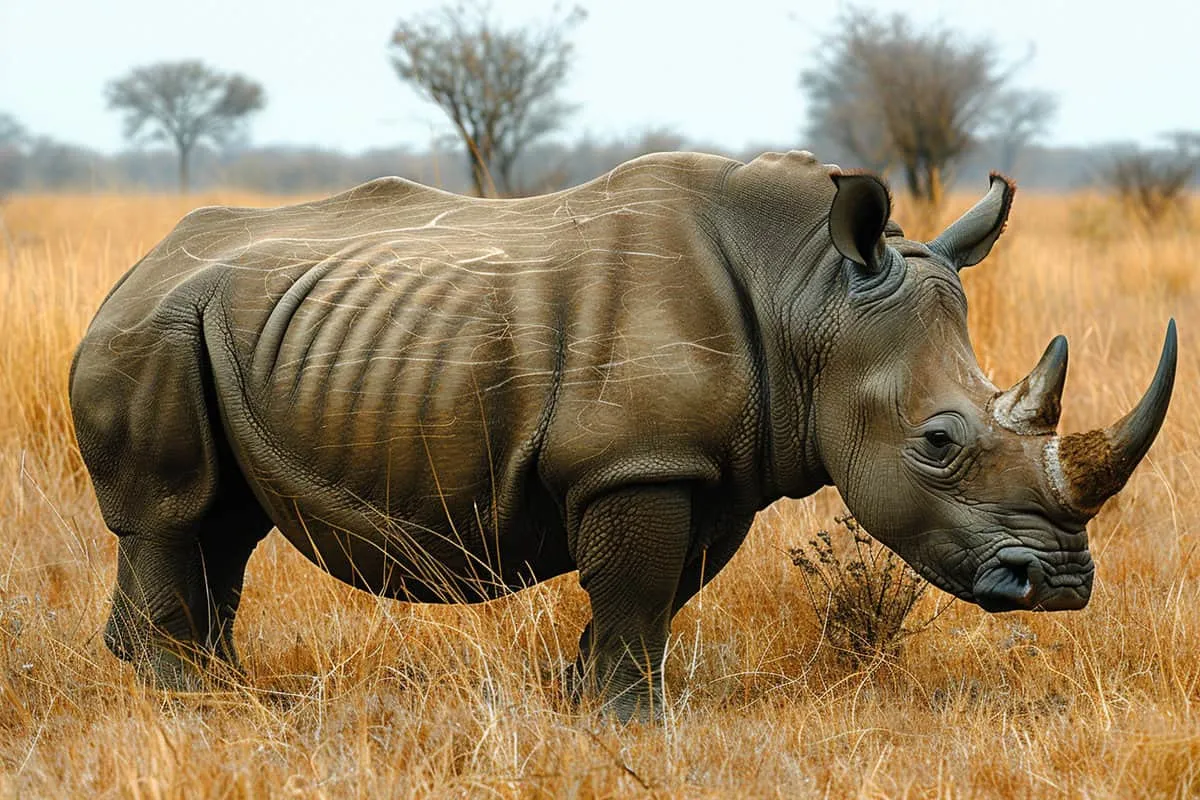
4. Herbivorous Diet: Primarily Grass, Leaves, Shoots, and Branches
Rhinos are big eaters, and what they eat depends on where they live and which of the five species they are. Some prefer munching on grass, while others go for leaves, shoots, and branches. This variety in diet is essential for their survival but varies greatly by their habitat.
Because of their large size, rhinos need a lot of food every day. Imagine having to eat enough to keep a 2-ton body moving! It’s not just about filling up; what they eat plays a crucial role in maintaining their health and strength.
Their feeding habits have a big impact on the environment around them. By eating plants, rhinos help shape the landscape. They can change how much sunlight reaches the ground or how many nutrients are in the soil just by choosing certain plants over others. This doesn’t only affect them but also influences other animals and plants living in the same area.
In places where rhinos roam freely, you’ll often find that local vegetation looks different from areas without these giant herbivores. Their presence helps maintain a balance within ecosystems, proving that even though they might seem like simple creatures focused only on eating, rhinos play an important part in nature’s complex web.
5. Poor Eyesight but Excellent Hearing and Smell
Rhinos might not win any awards for their eyesight, but they’re practically superheroes. These massive creatures rely heavily on their sense of smell and hearing. This is how they communicate with each other and detect predators lurking nearby.
Imagine being able to detect a scent from miles away. That’s exactly what rhinos can do! Their acute sense of smell helps them find food, avoid danger, and even locate other rhinos during mating season.
However, their poor vision often leads to some misunderstandings in the wild. Since they can’t see well, rhinos sometimes charge at objects or animals mistakenly thinking they are threats. It’s like walking into a room with your glasses off; everything looks blurry until you get closer or hear someone speak.
6. Horns Made of Keratin: Same Material as Human Hair and Nails
Rhino horns play a critical role in their survival. They use these tough tools for defense against predators, to show who’s boss during battles for dominance, and even to dig up the earth in search of water or food. What’s fascinating is that these powerful horns are made from keratin—the same material found in human hair and nails.
Unlike bones that stop growing at a certain point, rhino horns keep getting longer throughout their lives. This continuous growth ensures they always have a formidable weapon at hand (or rather, on their head). And speaking of hands, imagine if our nails were as strong as rhino horns!
Another interesting fact is that there’s no bone inside these mighty horns. It’s all keratin through and through, much like the outer layer of our skin or the tips of our fingers where our nails grow from.
7. Can Run Up to 55 km/h (34 mph): Despite Their Size
Rhinos might look like gentle giants, but they’re surprisingly fast on their feet. They are agile runners capable of making quick turns, which is quite impressive given their massive size. This speed isn’t just for show; it plays a crucial role in their survival.
When facing predators or threats, rhinos use their speed to escape or charge, depending on the situation. It’s like having a superpower that lets them be both defensive and offensive when needed. Imagine seeing a rhino sprinting at full speed – it’s not something you’d forget!
However, not all rhinos have the same stamina levels. The ability to sustain high speeds over distances varies among species, with some able to maintain quicker paces longer than others. This variation can depend on factors such as age, health, and the specific type of rhino.
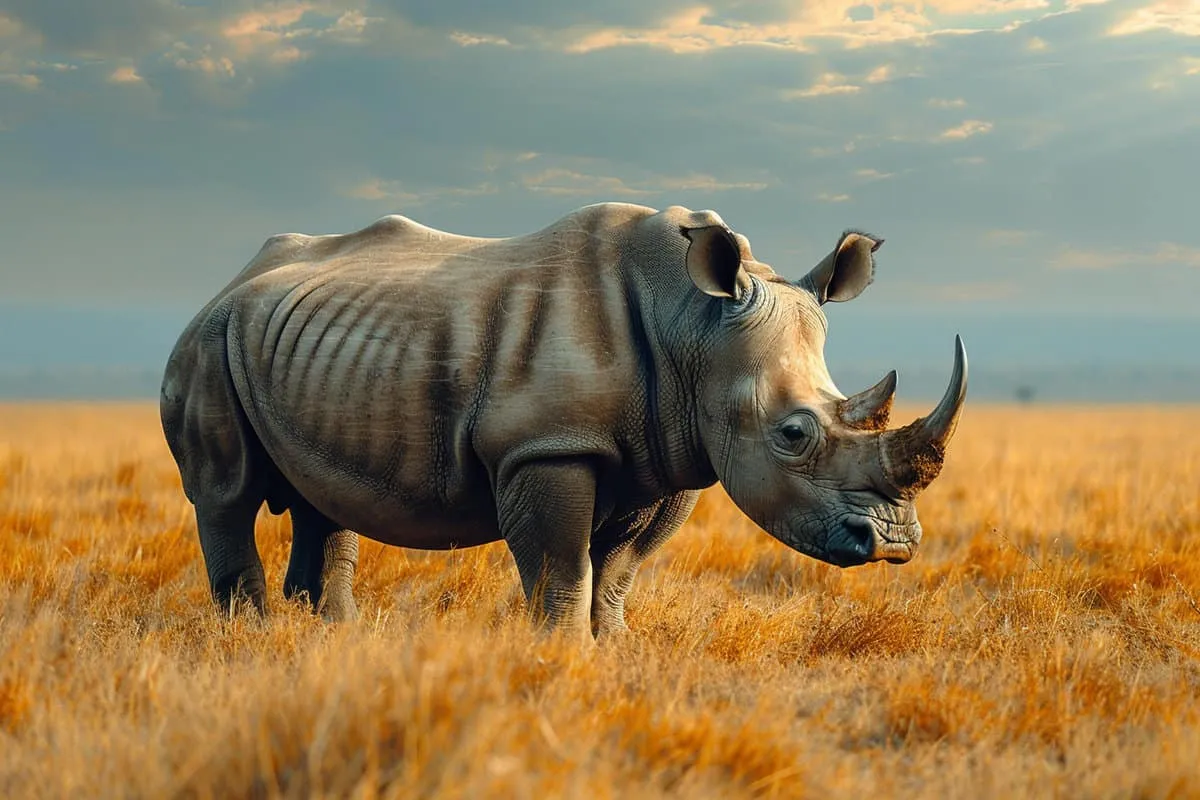
8. Lifespan: Up to 50 Years in the Wild
Rhinos can live up to 50 years in their natural habitats. This impressive lifespan is closely tied to the quality of their habitat and whether they are safe from poachers.
One major factor affecting how long rhinos live is dental wear. As these animals get older, their teeth wear down, which can make it hard for them to eat and stay healthy.
Another key point about rhino longevity is their reproductive age. Rhinos can reproduce over many decades, which helps increase their population numbers over time. Here’s a quick look at what impacts a rhino’s life:
- Habitat Quality: A good living environment with enough food and water.
- Safety from Poachers: Areas with strong wildlife protection efforts see longer-living rhinos.
- Health Issues: Older rhinos often face challenges like dental wear that can affect their lifespan.
9. Threatened by Poaching: Horns Highly Valued in Traditional Medicine
Rhinos face a big threat from poaching. People hunt them for their horns, thinking the horns can cure diseases. But science does not support this belief.
The value of rhino horns on the black market is very high. This makes rhinos a prime target for poachers looking to make quick money.
Poachers use cruel methods to get the horns, often hurting or killing the rhinos in the process. These actions are not only harmful but also illegal.
Rangers work hard to protect rhinos from poachers. They patrol large areas and put themselves at risk to save these magnificent animals.
Despite these efforts, poaching remains a serious problem that threatens the survival of rhinos worldwide.
10. Conservation Efforts: Anti-Poaching Measures and Habitat Restoration
International laws, teamed with local enforcement, are the shields protecting rhinos from extinction. These efforts focus on stopping illegal hunting and trading of rhino horns. Countries around the world have come together to create stricter penalties for poachers and traders.
Breeding programs play a significant role in increasing the number of rhinos. Zoos and conservation parks carefully manage these programs to ensure healthy populations grow. For example, some parks use advanced technology to monitor the health and breeding patterns of their rhinos.
Community involvement is key to lasting conservation success. Local communities living near habitats are encouraged to participate in conservation efforts through education and employment opportunities. This approach helps build a strong support system for protecting rhinos.
- International Laws: Aimed at combating illegal trade.
- Local Enforcement: Works on-the-ground to prevent poaching.
- Breeding Programs: Vital for population recovery.
- Community Involvement: Ensures sustainable conservation practices.
Efforts also include restoring lost habitats due to deforestation or agriculture expansion, making more room for rhinos to roam freely. Governments and non-profit organizations work together in habitat restoration projects by planting native vegetation and removing invasive species that threaten these areas.
Frequently Asked Questions
How many species of rhinos are there in the world?
There are five distinct species roaming our planet: the Black, White, Greater One-Horned, Sumatran, and Javan Rhinos. Each one is unique and worth protecting.
What protects a rhino’s skin?
Rhinos wear a tough coat up to 1.5cm thick! It’s like nature’s armor against fights and thorns but watch out – they still need sunscreen and bug spray just like us.
Are rhinos social animals?
Mostly, they’re the lone wolves of the animal kingdom. They prefer their own company, except for mothers who stick with their babies. Think of them as introverts that cherish solitude.
What do rhinos eat?
These giants stick to a plant-based menu. They graze on grass or reach for leaves, shoots, and branches. They’re basically the big vegans of the wild.
How good is a rhino’s eyesight?
Imagine needing glasses but never being able to wear them. That’s a rhino with its poor eyesight. Luckily, they’ve got superhero-level hearing and smell to make up for it.
What are rhino horns made of?
It might surprise you that their horns aren’t bone but keratin. Keratin is the same stuff your hair and nails are made from. Talk about nature recycling its materials!
Can rhinos run fast?
Don’t let their size fool you; these heavyweights can sprint up to 55 km/h (34 mph). They could easily beat us in a race without breaking a sweat.
How long can rhinos live in the wild?
Living up to 50 years in the wild makes them some of the animal kingdom’s seasoned veterans. That’s half a century spent wandering our Earth!
Why are rhinos endangered?
Their horns are like gold in traditional medicine markets. This makes poaching their biggest threat.

